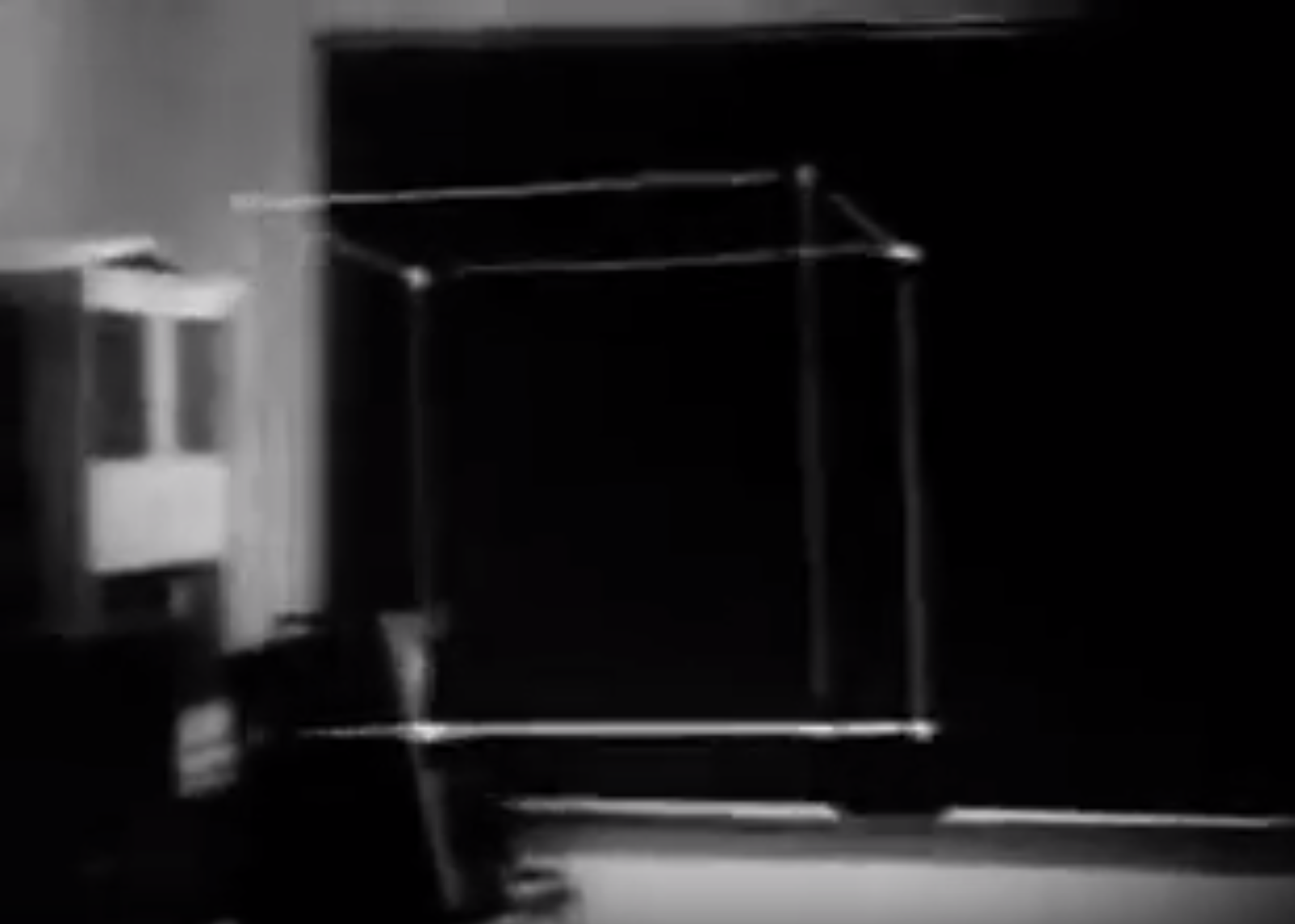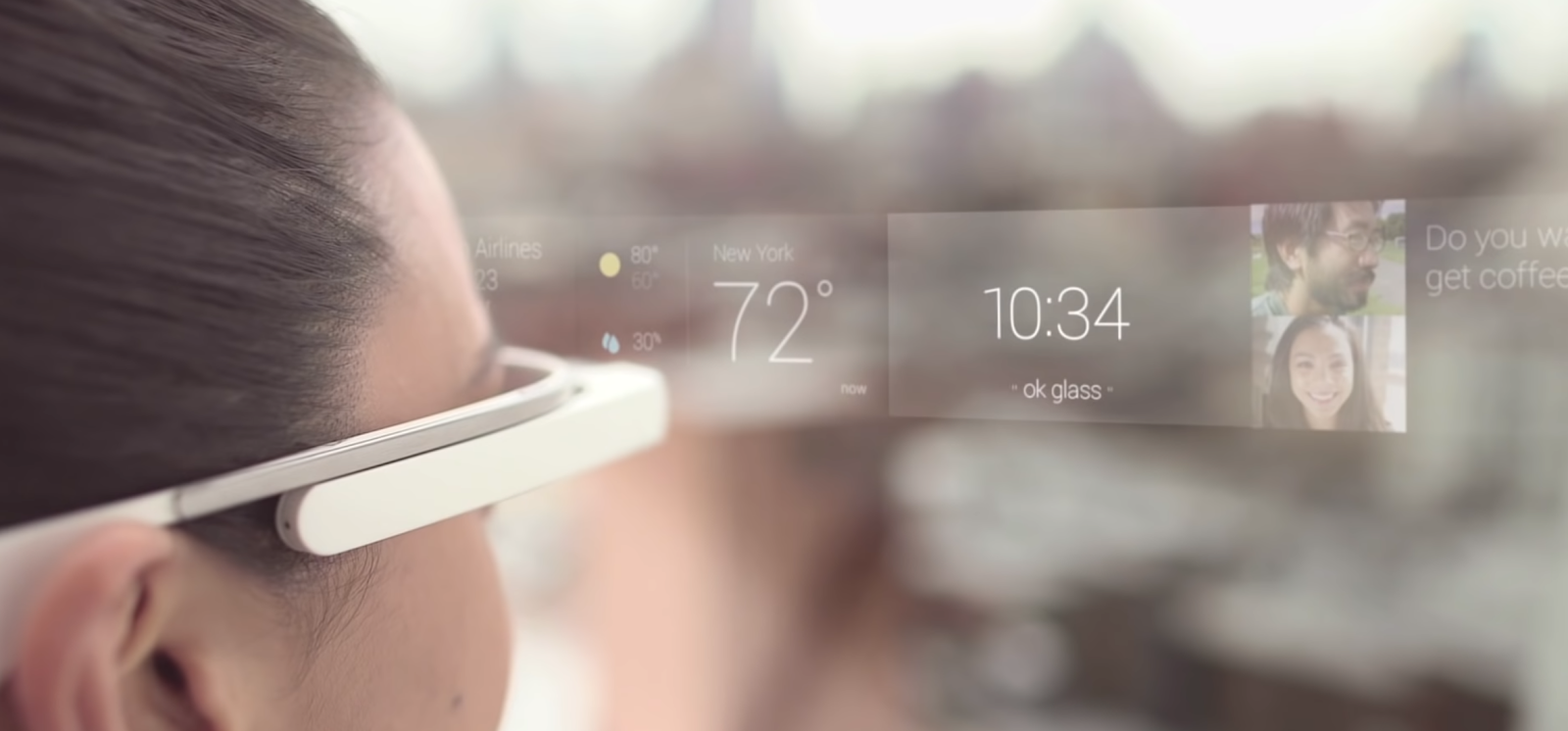Evolution of AR Technology
"A technology that superimposes a computer-generated image on a user's view of the real world, thus providing a composite view." This is how Augmented Reality is defined in the Oxford English Dictionary. In 2008, when I was reading an article introducing the HUD (Head-up Display) system on BMW, I was amazed by the hologram that was projected onto the front windshield. HUD is a precursor to AR. HUD is merely a display, but AR is more involved with sensing, computing, and information.
AR was firstly invented by Ivan Sutherland in 1968. The project was called The Sword of Damocles, which was the first head-mounted display for the human to experience the mixed reality by displaying the computer-generated graphics.


Later in 1974, the interactive ar environment is created by Myron Krueger. It took on a video camera and a projector to project shadows on the screen. The user felt the more immersive experience than The Sword of Damocles.
In 1990, a researcher at Boeing gives the AR technology the official name: "Augmented Reality". In the middle of 90s, the AR technology was mostly used in the industry such as aerospace engineering and military machines. The goal is to help the engineers more efficiently locate and fix the problems that occur in the machine by projecting the holographical objects to the machine.
In modern days, AR technology has approached nearly to daily users. Google and Microsoft created the glasses and Hololens that served for more individuals. The performance has boosted and the display has evolved overtimes. Especially as the computer operating systems are getting customized by specific use nowadays. Thus, smart interactions are applied to these individual wearable glasses, such as viewing the current time, weather, and messages.

Since I was taking a VR course in the past quarter, as far as I know, one of the projects in the course is to visualize the computer folder system and display the contents in front the user’s eyes. They have developed the software on Magic Leap, a latest AR headset. This technology improves the efficiency of viewing the file contents for regular working situations. The AR technology greatly expands the field of view for searching file systems. Currently, the AR industry is appealing increasingly companies to research on computer vision, computer graphics, and machine learning, etc such as Microsoft, Google, Magic Leap, Leap Motion, Boeing, Blippar, and Bosch, etc. The whole industry’s investment reaches 1.1 billion in 2016.
In the future, AR will be widely used in industry and personal life. One of my friends told me about his intern project at GM in Shanghai. The project is to build holographic models for machines in the local power station using Unity. Just like that AR is used in the aerospace engineering environment, the other industries are gradually accepting this technology to help improve productivity. Also, for personal use, more and more AR video games will be published in the following three years as soon as that Microsoft has just released Hololens 2, which decreases the weight and improve the view angle including optical innovations. In the following ten years, mobile phones might be embedded or cooperate with more wearable AR headsets which will benefit the society greatly.